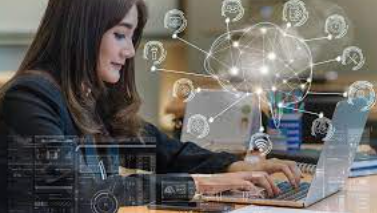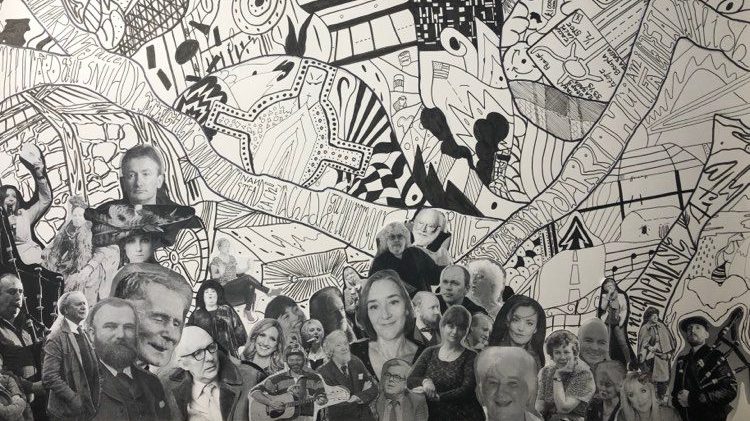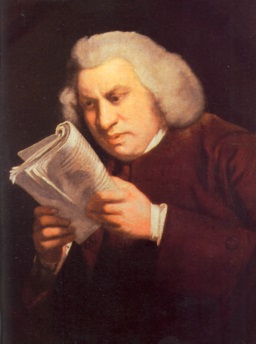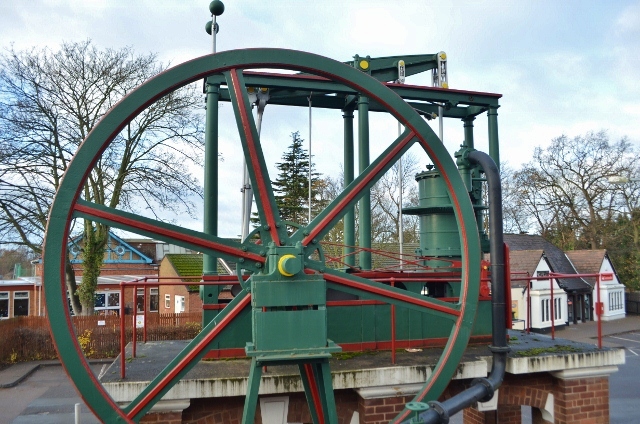AI and Education: Reflection 2
In preparation for our event with the Goodison Group on Scotland on artificial intelligence (AI) and education, some 16 and 17-year-old students submitted to the Goodison Group in Scotland their reflections on the question of artificial intelligence and education.
This blog offers a scenario of the future in which an “Open and Connect” scheme helps students use AI to learn about the past. It is reproduced as a think-piece on a positive future to accompany our event report: “AI and Education with the Goodison Group”.
Open and Connect
The Open and Connect scheme has contributed significantly to increasing the quality of creative education and access to various cultural experiences for the Scottish youth. A high quality creative education has become pivotal where AIs have increasingly replacing humans in labour markets across most industries, except for the creative sector. Hence, the goal of education has become crucial to enhance the workforce’s ability to produce creative works.
This starts from more students being able to understand various cultural and anthropological heritages. To do so, the government’s Open and Connect scheme has been targeted to increase students’ exposure to new cultural perspectives through simulated learning environments.
The Open and Connect scheme involves educating students to various cultures through the interdisciplinary teaching of History, Anthropology and Languages. As a bipartite study, one aspect of the subject involves the learning of minority and historical languages. Students use AI translation tools that allow them to accurately translate any dead or foreign language.
This is done as AI language translation tools use natural language processing (NLP) technologies, which is a type of technology that takes a huge text sample of ancient languages and identifies linguistical patterns comparable to modern languages. The identified patterns are then used to create codes that translates any words and phrases into the target language that fit to this pattern.
Students take active roles in reading and translating Ugaritic texts as well as learning the linguistical origins of Ugaritic in relation to other ancient languages such as the Phoenician alphabet.
Students do not stop here: they constantly engage in conversations with simulations featuring ancient Ugaritic, Aztec or Nordic AIs speaking in their native languages to gain a better understanding of these ancient languages and further, life in these early civilisations. By opening students to the opportunities of learning what was once a dead language and a culture such as Ugaritic, students are better connected to the histories and cultures of the past which would otherwise have gone forgotten.
The other aspect of the subject teaches history and culture in an exploratory learning environment (ELE). Students access a decentralised virtual reality network which emulates a real-life experience of a certain historical period of time. Within these networks, educational chatbot characters engage in interactions with students that reveal the behaviour, vocabulary and appearances of people in that era. Students thus enjoy the experience of traveling back in time and living through the moment to understand it.
This, for instance, has been an efficient method for students learning the development of court culture in Georgian Britain in the eighteenth and nineteenth centuries, who previously had to rely on indirect historical records such as Samuel Pepys’ diary and court records, without being able to witness court life directly through simulated AI networks.
Furthermore, the exploratory learning environment also allows users to observe and take part in debates and discussions between characters of different historical time periods. To illustrate, by participating in debates between AI-simulated first wave feminists arguing for female suffrage, third wave feminists from the 2010s arguing for the rejection of all social institutions, and students themselves reporting on the status of gender rights in 2053, students are enjoying a more authentic perspective to social and cultural issues and discovering the progression and formation of crucial arguments in human history through a more hands-on approach.
Throughout this entire experience, the students are given ‘fact-check’ notifications on the corner of their simulation interface. These are intended to alert students if characters in the simulation that students are interacting with are providing a factually incorrect piece of information or the point of view of a particular socio-political group.
Doing so helps students better understand the existence of different perspectives in history and leads them to analyse how and why these perspectives differ. This thought process can be easily done as students are directly exposed to the language, appearance and environment of a wide variety of characters throughout the simulation.
Altogether, the Open and Connect scheme opens people to a wider pool of cultures so that they can be better equipped to connect with people from various backgrounds.
Selected Bibliography
Adam Conner-Simons | MIT CSAIL. “Translating Lost Languages Using Machine Learning.” Massachusetts Institute of Technology. https://news.mit.edu/2020/translating-lost-languages-using-machine-learning-1021.
Amar, Jorge, Sohrab Rahimi, Nicolai von Bismarck, and Akshar Wunnava. “Smart Scheduling: How to Solve Workforce-Planning Challenges with AI.” McKinsey & Company, November 1, 2022. https://www.mckinsey.com/capabilities/operations/our-insights/smart-scheduling-how-to-solve-workforce-planning-challenges-with-ai.
Brodsky, Sascha. “How AI Translation Is Helping Scientists Understand Ancient Languages.” Lifewire. Lifewire, February 8, 2023. https://www.lifewire.com/how-ai-translation-is-helping-scientists-understand-ancient-languages-7107026.
Chui, Michael, Bryce Hall, Helen Mayhew, Alex Singla, and Alex Sukharevsky. “The State of AI in 2022-and a Half Decade in Review.” McKinsey & Company, December 6, 2022. https://www.mckinsey.com/capabilities/quantumblack/our-insights/the-state-of-ai-in-2022-and-a-half-decade-in-review#review.
Department for Culture, Media and Sport, and Michael Gove, Cultural Education in England: The Government response to Darren Henley’s Review of Cultural Education.
Fengchun, Miao, Holmes Wayne, Ronghuai Huang, and Hui Zhang. “AI and Education: Guidance for Policy-Makers.” Unesco. https://unesdoc.unesco.org/ark:/48223/pf0000376709.
“National Partnership for Culture.” Scottish Government. https://www.gov.scot/groups/national-partnership-for-culture/.
“A Culture Strategy for Scotland: Draft for Consultation.” The Scottish Government, August 9, 2018. https://www.gov.scot/publications/culture-strategy-scotland-draft-consultation/.
“National Partnership for Culture: Workshop 3 –Culture and Education Information Paper.” The Scottish Government, April 7, 2022. https://www.gov.scot/publications/national-partnership-for-culture-workshop-3-culture-and-education-information-paper/.
Scotland’s Futures Forum exists to encourage debate on Scotland’s long-term future, and we aim to share a range of perspectives. The views expressed in this blog are those of the author and do not necessarily reflect the Futures Forum’s views.







